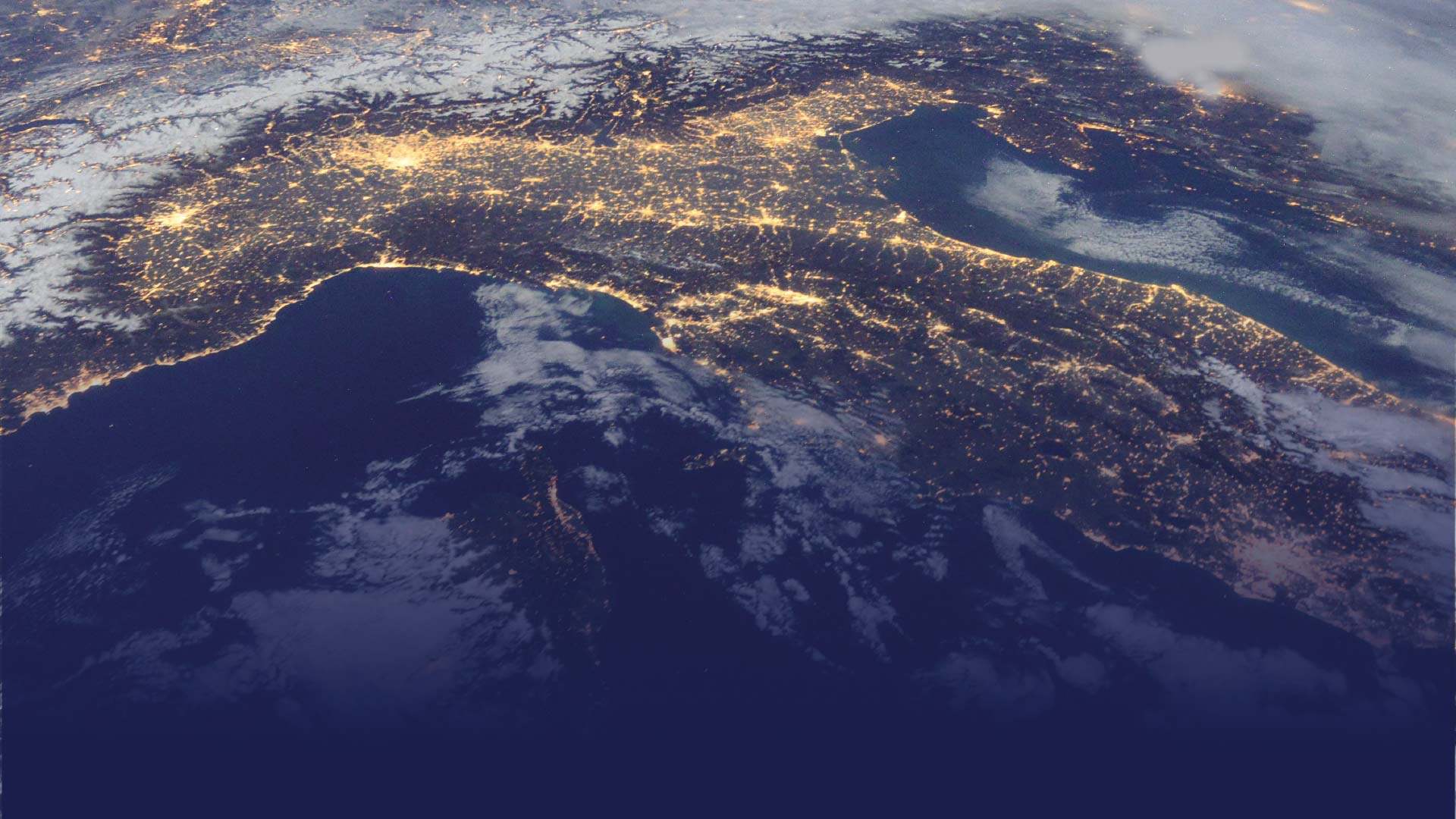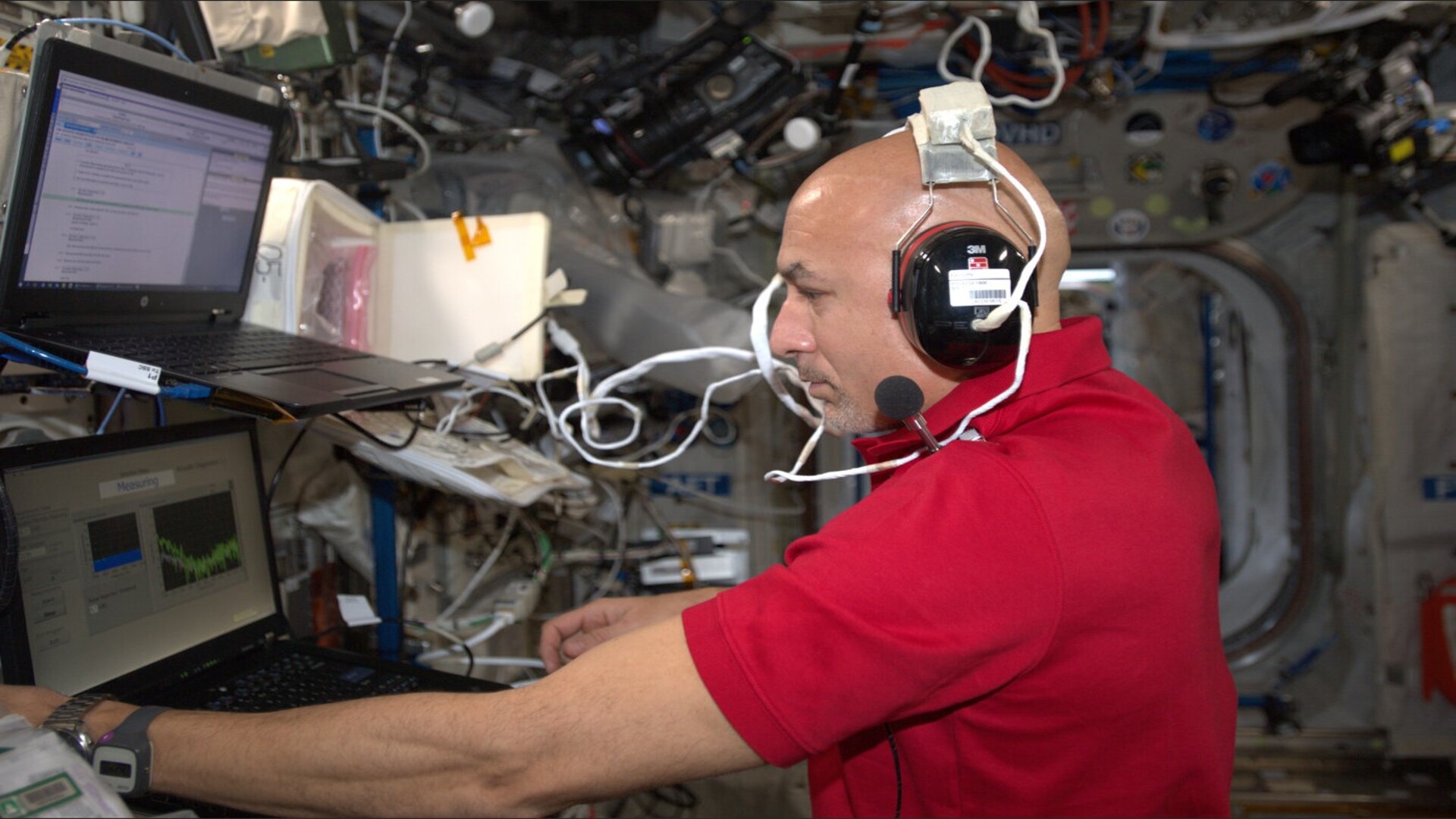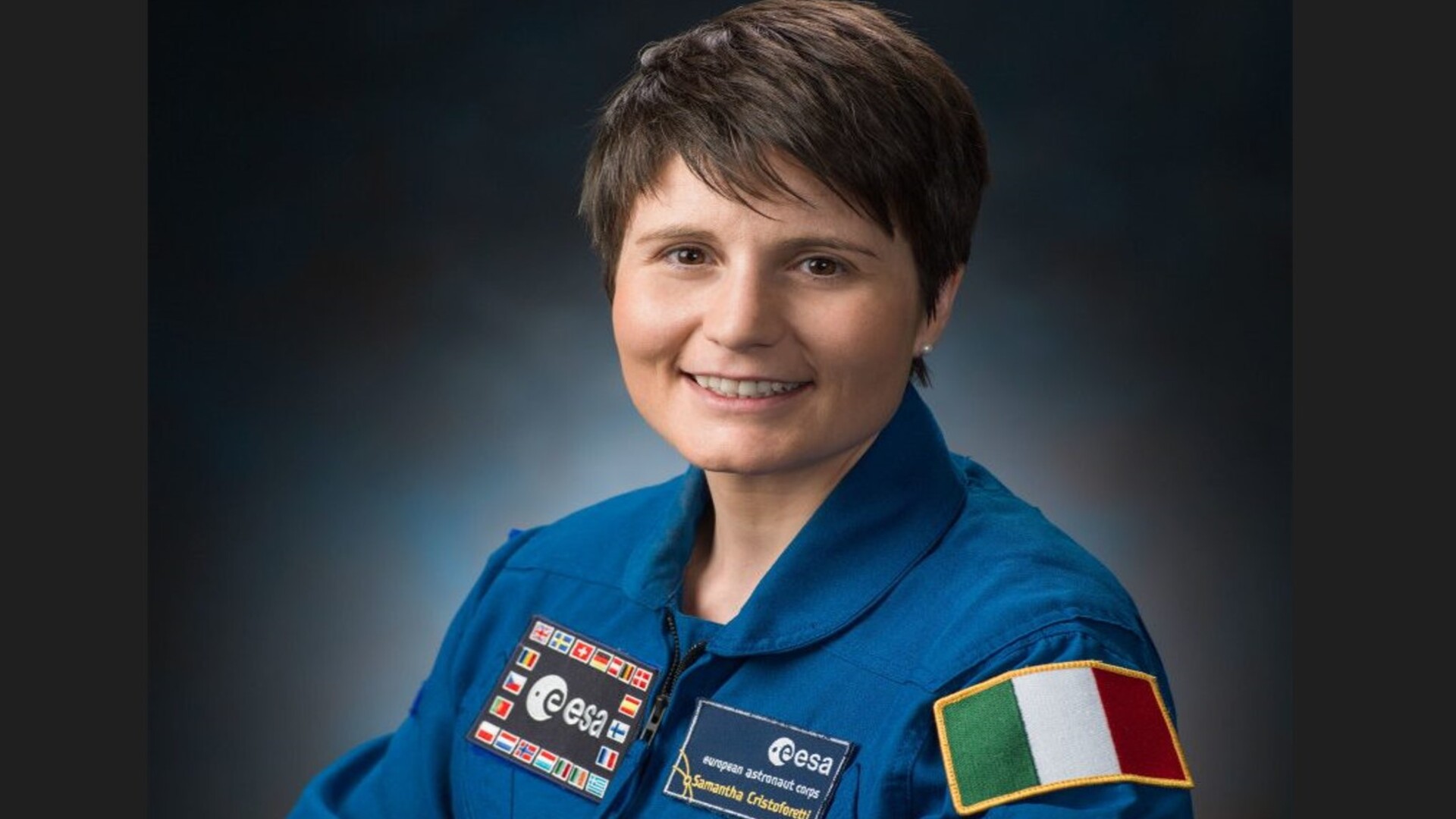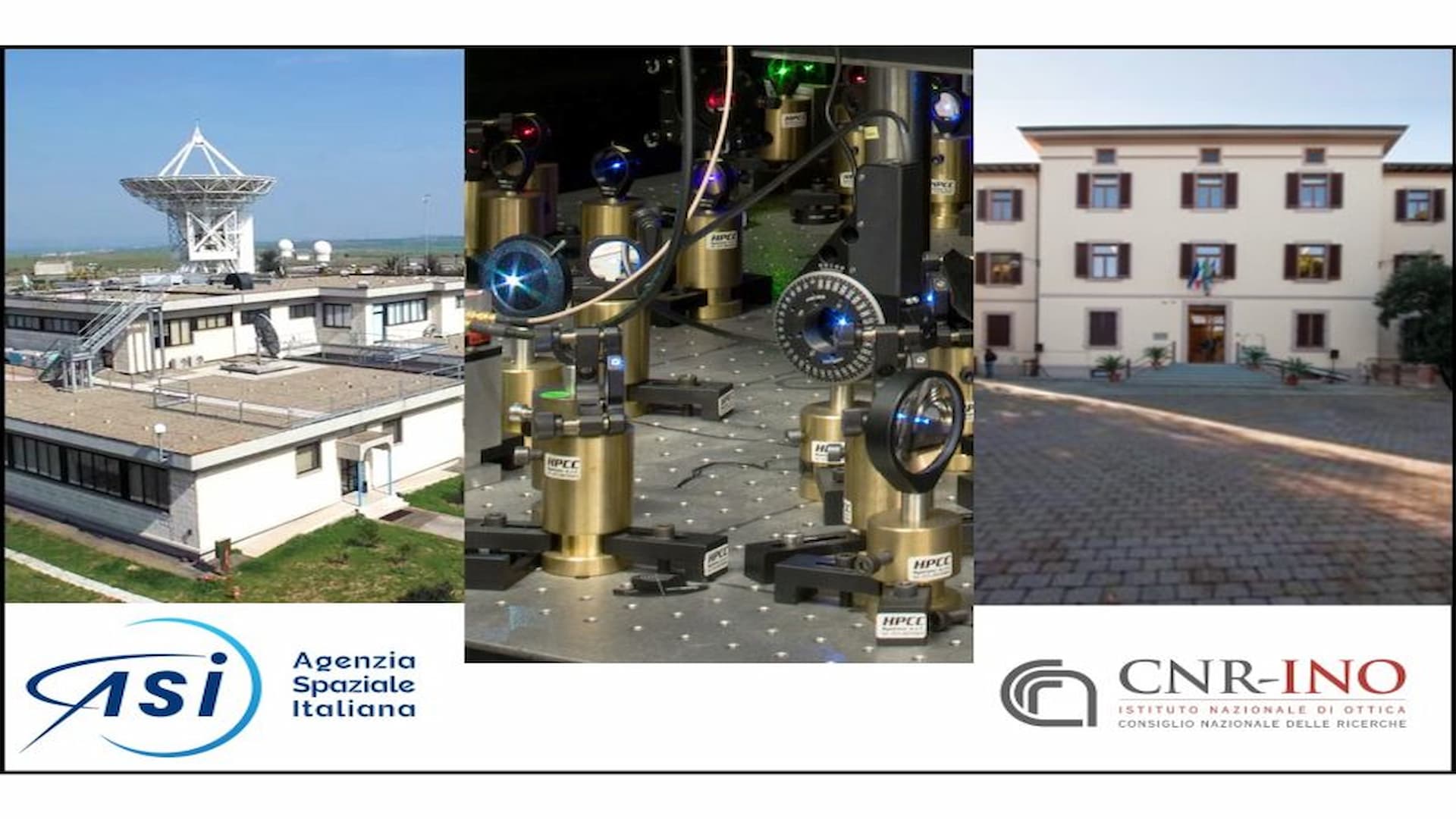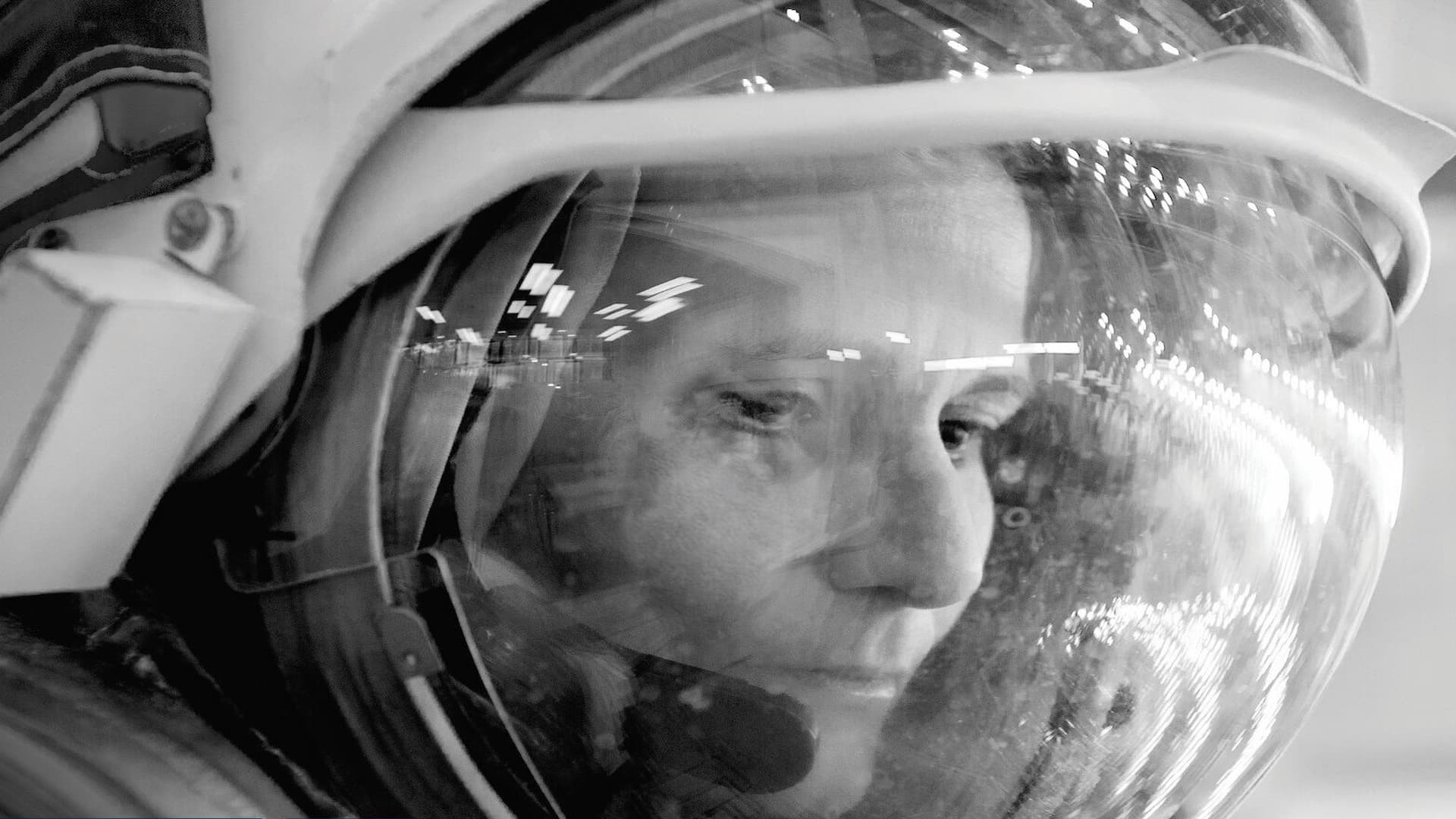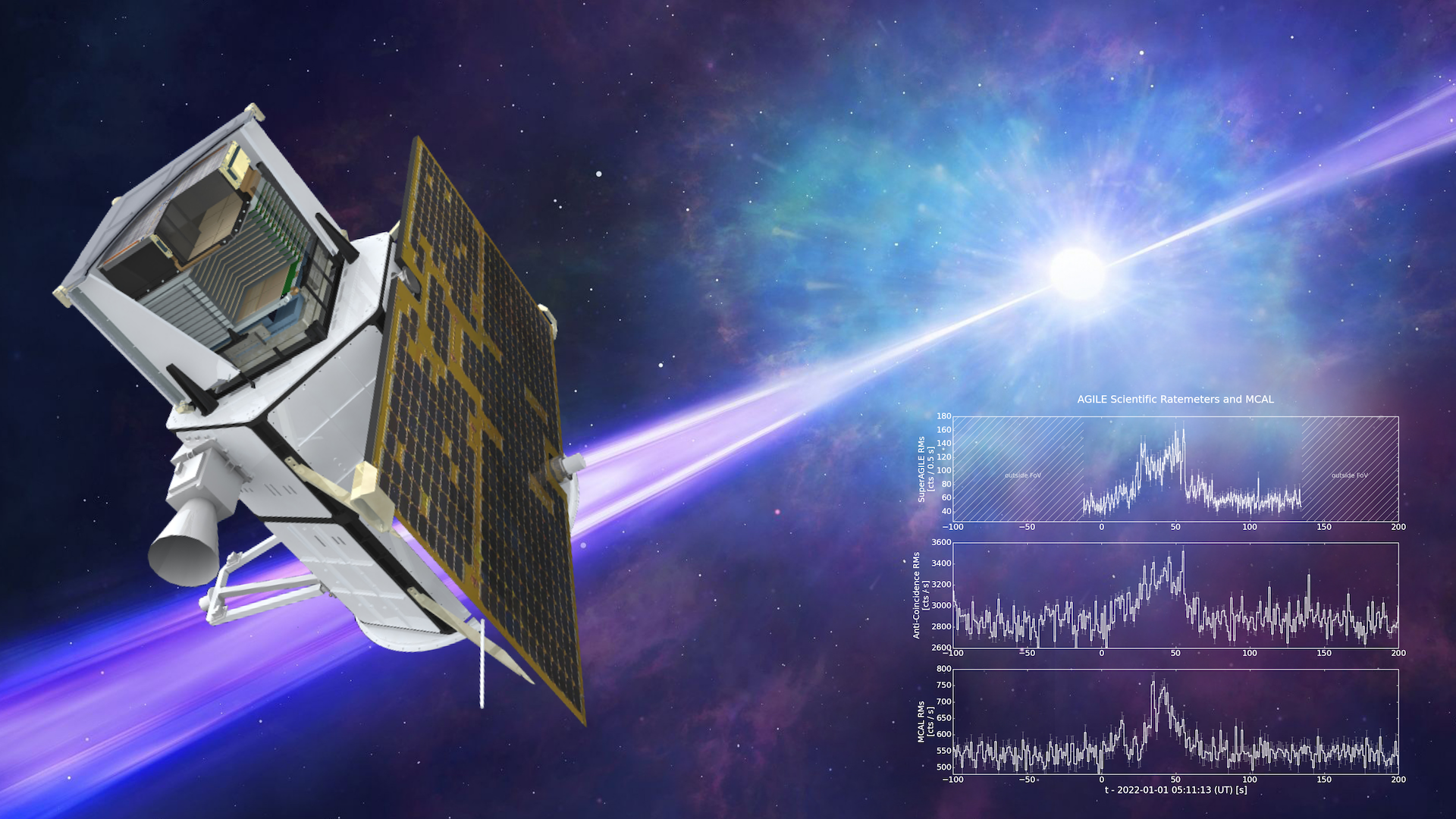ELaboratore Immagini TElevisive - Space 2 (ELITE-S2) investigates the connection between brain, visualization and motion in microgravity. It provides a system for observations on body motor control during long term exposure to microgravity and performs quantitative data collection and analysis on board the International Space Station (ISS). The primary goal of ELITE-S2 is to study the strategies for dynamic control of posture and body motion and adaptive mechanisms, which allow adjustment of motor control strategies resulting from exposure to microgravity. Two experiment protocols have been defined for ELITE-S2:
- Imagery of object Motion Affected by Gravity in null gravity Experiments for ELITE-S2 (IMAGINE-2): On Earth our ability to catch a ball depends on a mental model of the physical behavior of that object, a model that includes gravity. In a microgravity environment, crewmembers adjust their motor control strategies to respond to new rules, but still show evidence that the old gravity based rules are hard wired into their brains through neural networks.
- Movement in Orbit Vehicle Experiments (MOVE): This experiment evaluates differences in the way the brain controls conscious and unconscious motions such as bending trunk, pointing and reaching objects in environments with and without gravity.

